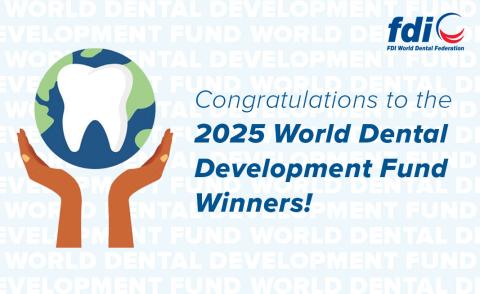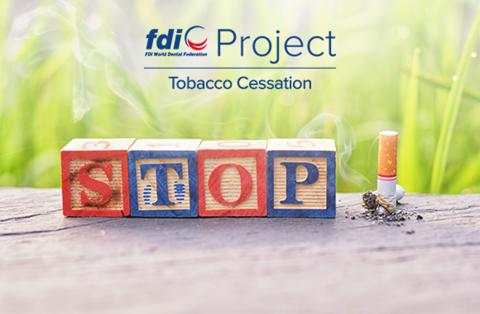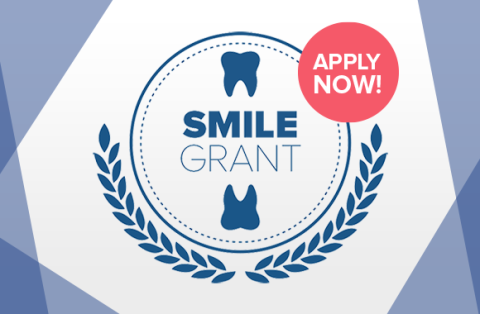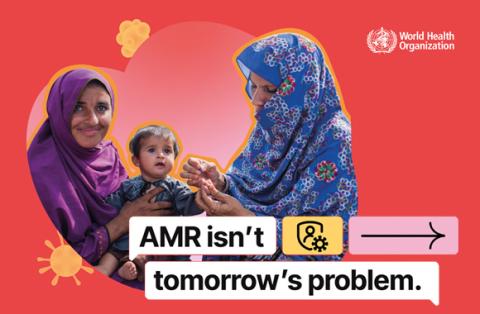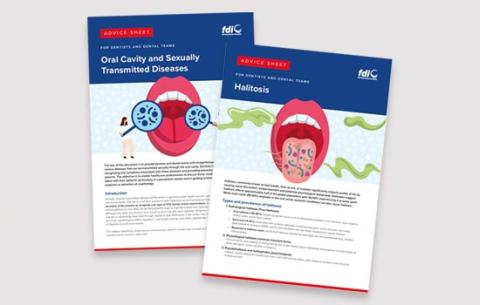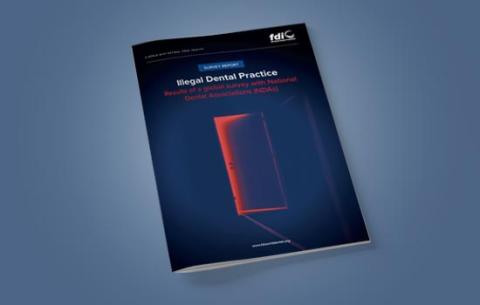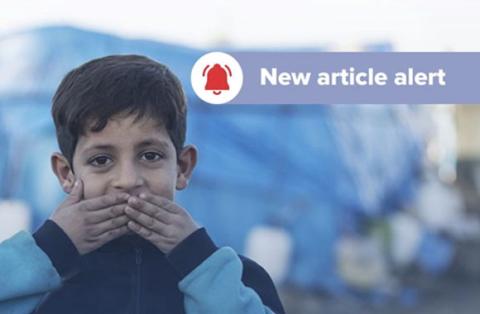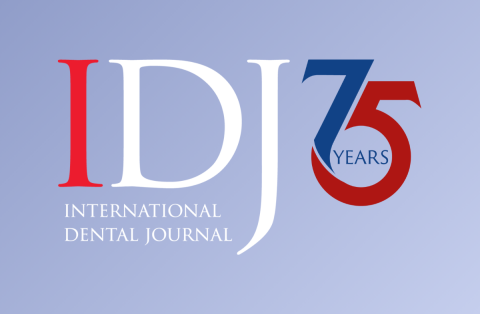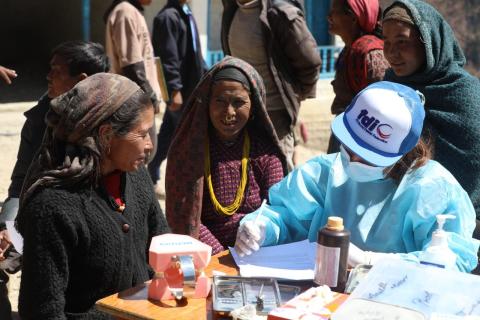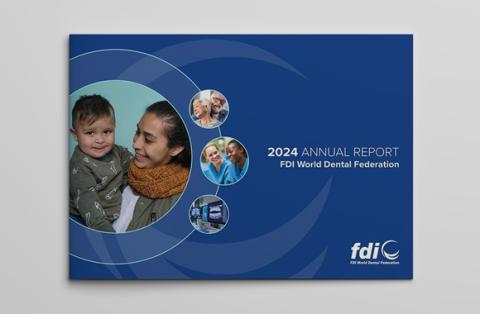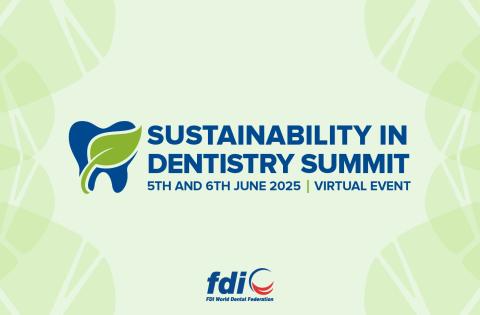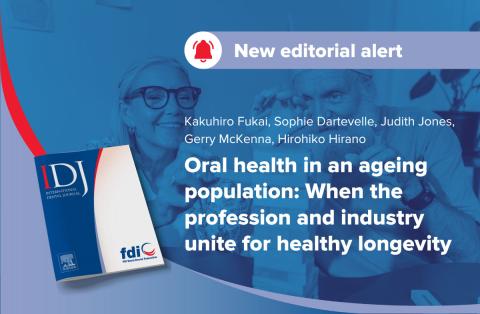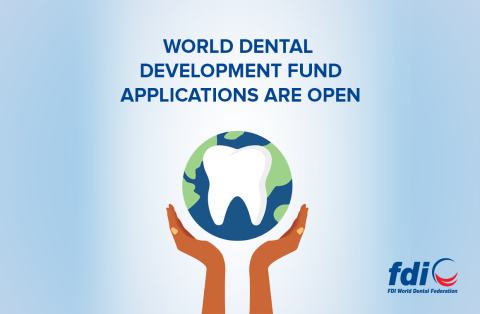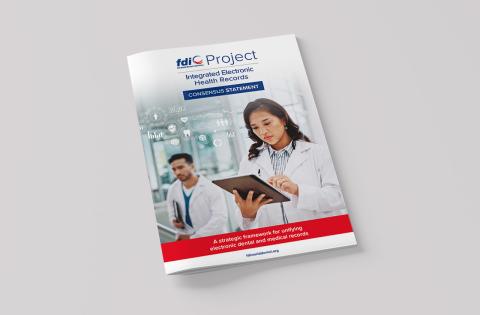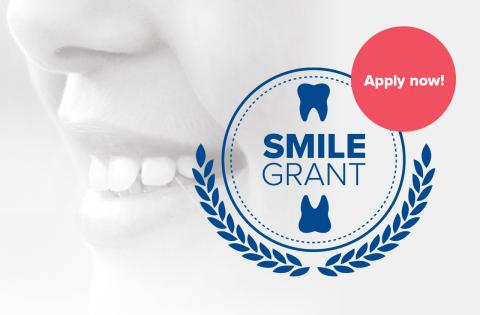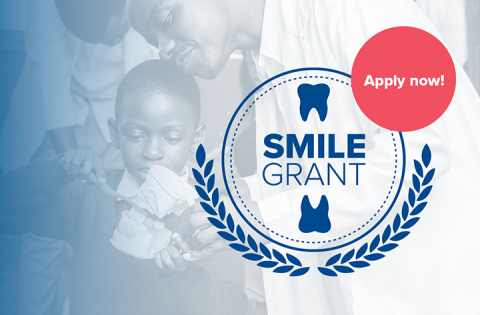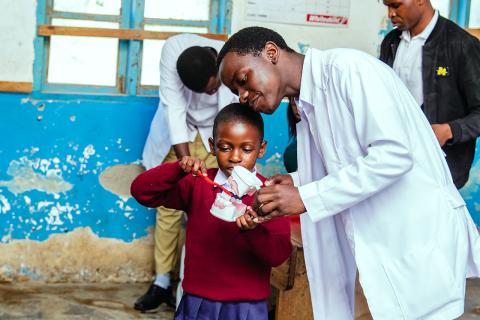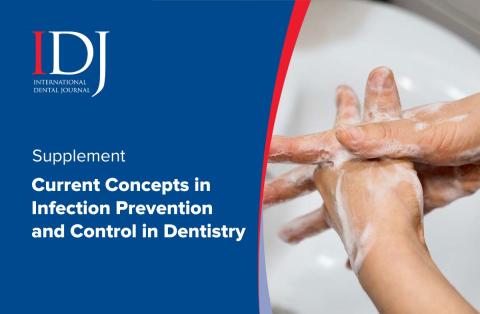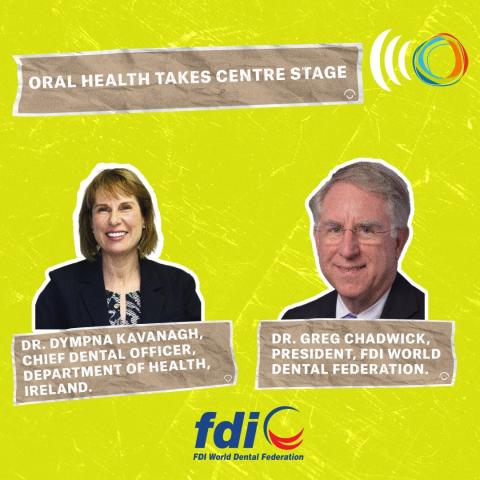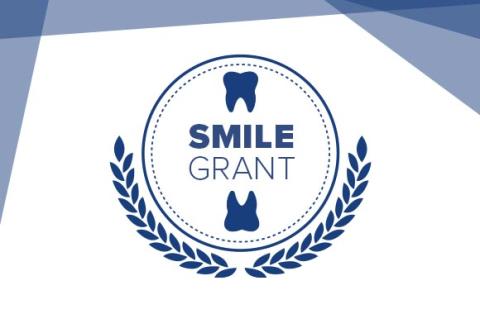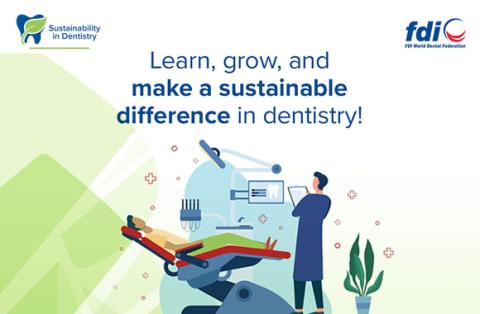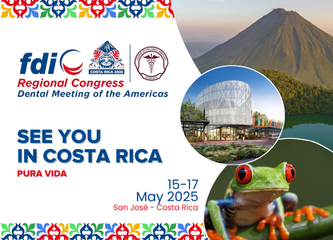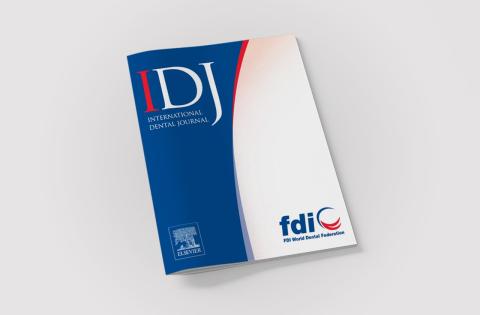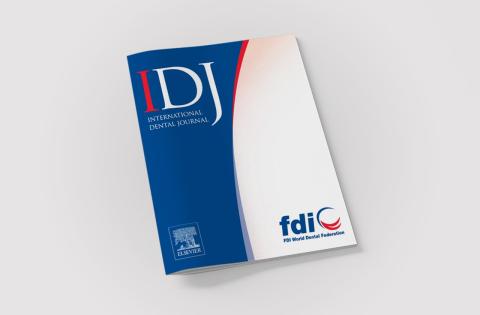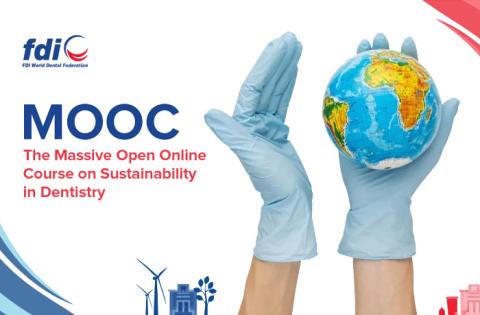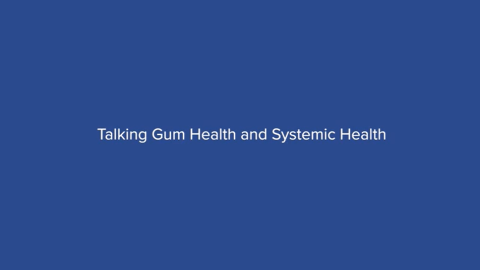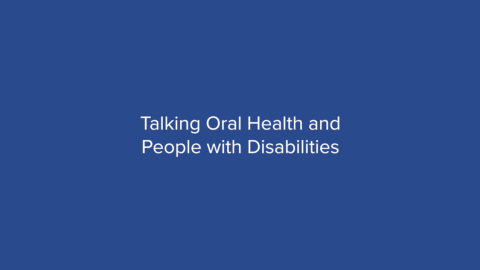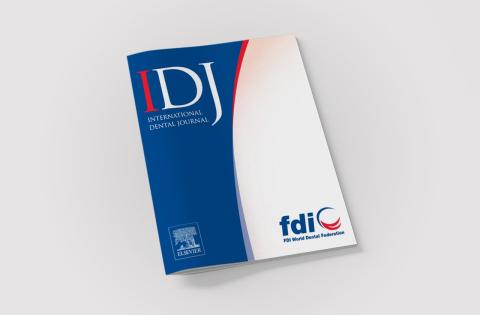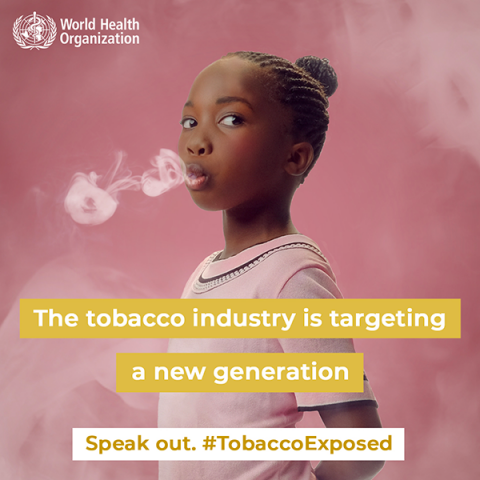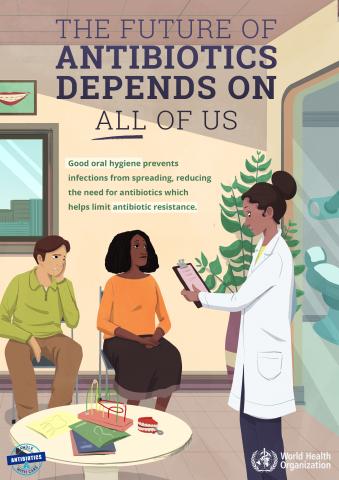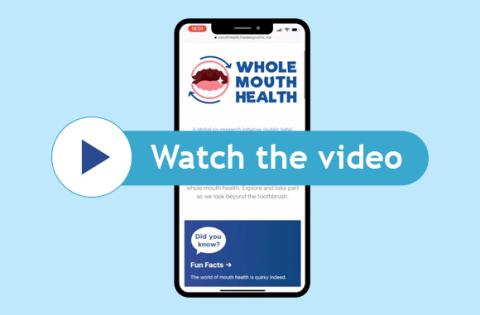FDI and ICHOM develop baselines and indicators to measure oral health outcomes globally
To advance FDI’s goal to develop baselines and indicators to measure oral health outcomes globally, FDI and the International Consortium for Health Outcomes Measurement (ICHOM) developed a minimum Adult Oral Health Standard Set (AOHSS) for use in clinical practice, research, advocacy and population health.
This collaboration between FDI and ICHOM used a rigorous, consensus‐driven approach involving oral health experts and patients/consumers across the globe to arrive at a harmonized list of items to be included in an AOHSS.
The methods and results are included in an open-access article in FDI’s International Dental Journal, entitled Developing a standard set of patient-centred outcomes for adult oral health – an international, cross-disciplinary consensus.
Why monitor change in oral health status across all populations?
Oral diseases directly impact the lives of individuals by causing considerable pain and suffering, altering food choices, affecting speech, self‐esteem, quality of life, and participation in everyday activities.
Measuring the impact of oral diseases has traditionally been based upon the biomedical model that provides only limited insight into the impact of oral disease on people’s lives. The emerging patient‐centred care model4 necessitates a focus on oral health rather than oral disease. Although measures of oral health and oral health‐related quality of life have been developed, they have not been shown to be useful in all of the important domains of clinical practice, health services research, epidemiology and advocacy. This is reflected in recent definitions of oral health that now include physical, psychological, emotional and social domains, which are core to overall health and wellbeing.
From the patient‐centred care perspective, oral healthcare providers should thus consider not only disease processes, but also the environmental, social and personal factors, overall quality of life and participation in all major life areas, including making decisions about and control over their health and the use of health services. This approach is reflected in the FDI World Dental Federation (FDI) definition of oral health, and provides a theoretical framework for shared decision‐making in clinical practice, as well as for health services research, epidemiology and advocacy.
How did experts develop the Adult Oral Health Standard Set?
An international oral health working group was established, of patient advocates, researchers, clinicians and public health experts to develop an AOHSS. PubMed was searched for oral health clinical and patient‐reported measures and case‐mix variables related to caries and periodontal disease. The selected patient‐reported outcome measures focused on general oral health, and oral health‐related quality of life tools. A consensus was reached via Delphi with parallel consultation of subject matter content experts. Finally, comments and input were elicited from oral health stakeholders globally, including patients/consumers.
Results
The literature search yielded 1,453 results. After inclusion/exclusion criteria, 959 abstracts generated potential outcomes and case‐mix variables. Delphi rounds resulted in a consensus‐based selection of 80 individual items capturing 31 outcome and case‐mix concepts. Global reviews generated 347 responses from 87 countries, and the patient/consumer validation survey elicited 129 responses. This AOHSS includes 25 items directed towards patients (including demographics, the impact of their oral health on oral function, a record of pain and oral hygiene practices, and financial implications of care) and items for clinicians to complete, including medical history, a record of caries and periodontal disease activity, and types of dental treatment delivered.









